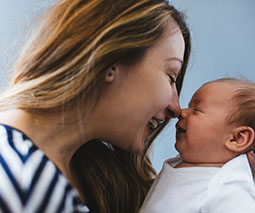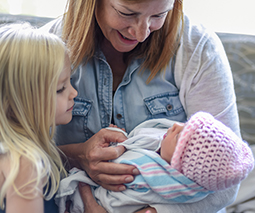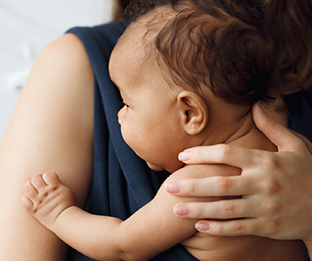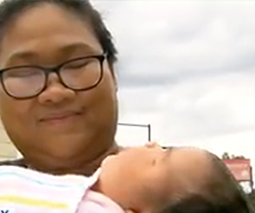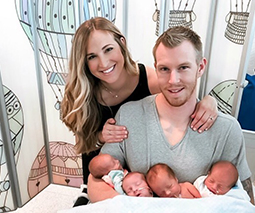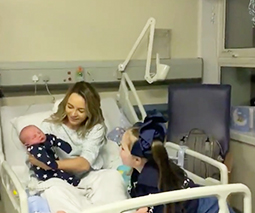How to tell if your newborn is hungry – a visual guide for parents
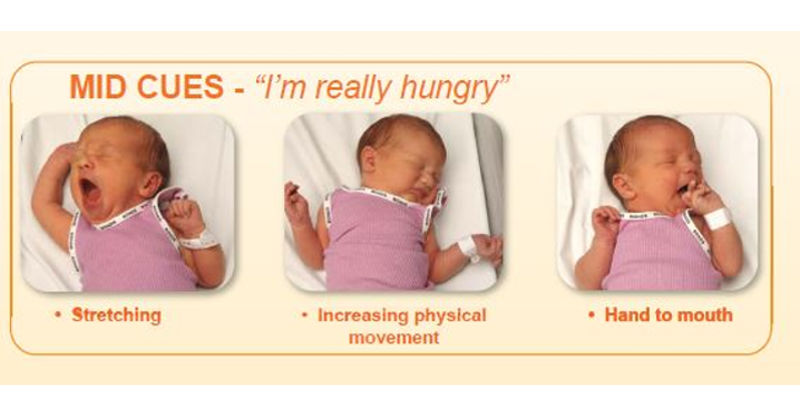
Newborns don’t come with an instruction manual, but this chart is pretty close. This visual guide can be used to help you recognise your baby’s hunger cues, when they’re simply too upset to feed, and tips on how to calm them. It’s like a baby-feeding cheat sheet. We also have some really handy information from a breastfeeding counsellor on other cues newborns will make during feeding, and what they mean. This is one article you’ll want to bookmark and share!
While newborns may seem like helpless little creatures, they do have the ability to communicate with us, if we know how to decipher their cues. This incredibly useful chart that shows how you can tell if a newborn is hungry, really hungry, or so completely famished that they’re going to need some soothing before they’ll be calm enough to feed.
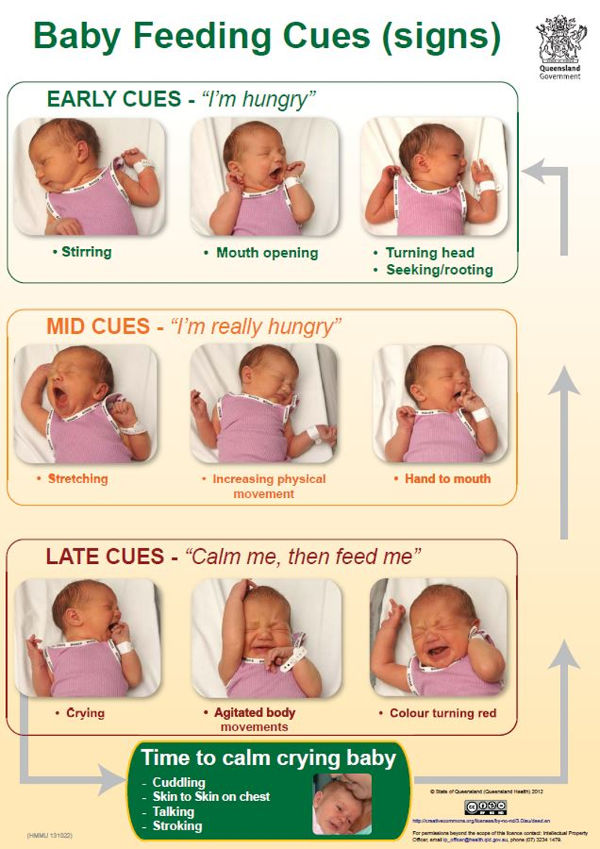
Breastfeeding counsellor with the Australian Breastfeeding Association, Simone Casey, says the chart is a great learning tool, both for expectant parents to study, and new parents to use as a reference.
“Often when bubs first wakes, parents may get a little bit wrapped up in nappy changing or get excited just talking to their baby, not realising that when their baby starts crying, it is well past hunger, baby gets frantic and it’s much much harder to latch him onto your breast with his head thrashing from side to side and arms flying everywhere,” Simone tells Babyology.
“A calm baby is always easier to attach to the breast, and this usually means mum is calmer too.”
Simone has outlined some newborn behaviours to watch for, to help new mums understand their baby’s feeding cues:
- After attaching to the breast, he will instinctively start to suck. Once the milk is flowing, baby will swallow, and usually fall into a ‘suck, swallow, breathe’ pattern.
- To know a baby is hungry, usually they will bob their head towards the breast, bring their hands to the mouth and open and close their mouth. Once near the breast, they will try to make their way there and usually start sucking vigorously if they’re hungry.
- Babies don’t only want to suck when they are hungry, though. Sometimes after they have sucked and swallowed well on the breast, they will come off and start sucking their hands and bobbing their head again. This may be more of a sign that they have wind or need a burp than wanting to feed again. We know this because they’ve just actually fed, and fed well.
- By giving your baby some upright time after feeds and a nice rub on the back, you may find this behaviour settles and his arms relax, usually a good sign they’re full and satisfied. If they’re still looking for more after the wind has settled, they may want a little top-up from the breast, but this may only be for a few minutes.
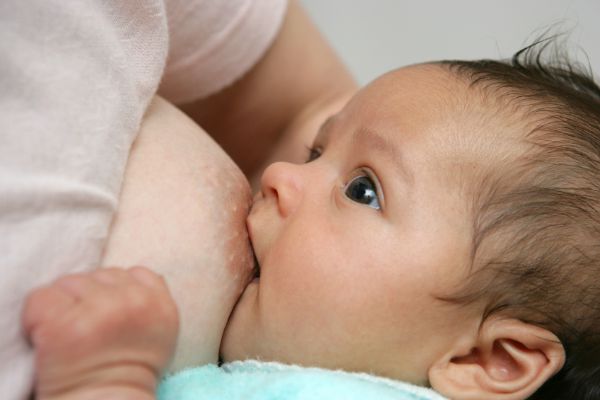
Simone, an International Board Certified Lactation Consultant, says feeding on cue is more natural and instinctive than trying to adhere to a breastfeeding schedule, because as we know, babies aren’t robots!
“If, for example, you’ve fed your baby at midday, and are trying to stick to a three-hour schedule, and baby only sleeps for half an hour after the feed. This will mean bubs may be awake only one and a half hours after the feed started. To expect newborn to wait another one and a half hours for the next feed would mean a lot of crying.
“Other times, baby may have taken a very long time to settle and is finally asleep when the three hours comes around, so to wake a baby who has only been asleep for 20 minutes because it’s ‘feed time’ would be counter productive. Babies also don’t feed very well if they’ve been woken as compared to when they wake themselves. As long as babies are alert enough to be waking themselves for feeds and having enough wet and dirty nappies, it is OK to feed on demand.”
The average newborn feeds between eight and 12 times in a 24 hour period, and in that time, will usually have one or two cluster feeds when they may feed every hour or so.
“In between the cluster feeding, you may find they are sleepier and last longer between feeds. This is normal baby behaviour,” Simone tells Babyology.
